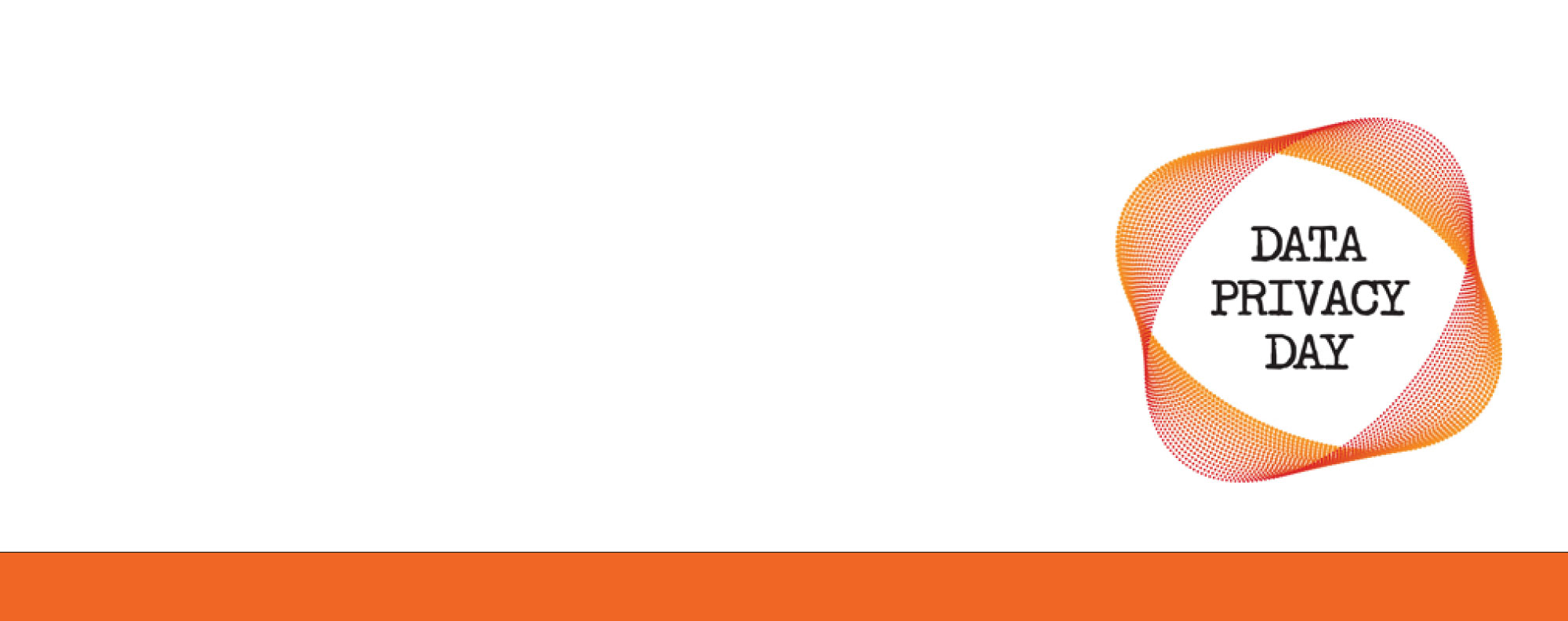Data Protection Day was first marked in 2006 by the European Union as a way to observe the first legal binding international treaty on data protection and privacy. In 2008, the United States and Canada starting observing Data Privacy Day (DPD), as it’s known here. Held annually on January 28, people and organizations from across the world commemorate the day with the goal of educating consumers about their online privacy behavior and what steps we can all take to create a safer Internet.
The theme for this year’s DPD is “Respecting Privacy, Safeguarding Data and Enabling Trust”. What does that mean for you or your business?
Here are a few tips for us all to consider, not just on DPD but for the duration of our digital lives. Support #DataPrivacyDay and be #PrivacyAware. Let us know what you plan to do to keep yourself or your loved ones safer online.
Share with Care
• Think before you post: Before posting online, think about how it might be perceived now and in the future—and who might see it. Think about what you post (particularly personal photos and videos), who you share the information with, and how it could reflect on your reputation.
• Own your online presence: Set the privacy and security settings on web services and devices to your comfort level for information sharing. It’s ok to limit how and with whom you share information.
• Search yourself: Search all variations of your name in popular search engines, and evaluate whether the results reflect the reputation you’d like to share with the world. If you find information about yourself that is inaccurate or less than favorable, respectfully request that the person who posted it remove it or correct an error.
Consider separating your professional and personal profiles
• When job hunting, applying to a school or looking for new insurance or a loan, remember that your image online can be a determining factor for hiring managers and application reviewers. Be sure to differentiate e-mail addresses, screen names, referring blogs and websites for each profile, and avoid cross-referencing personal sites.
• Be judicious about adding personal information to your professional profile. Only include information appropriate in a professional context.
Adjust your privacy settings
• In Internet browsers, social networking sites, personal blogs and other places where you maintain personal data, use privacy settings to help manage who can see your profile or photos, how people can search for you, who can comment and how to block unwanted access.







